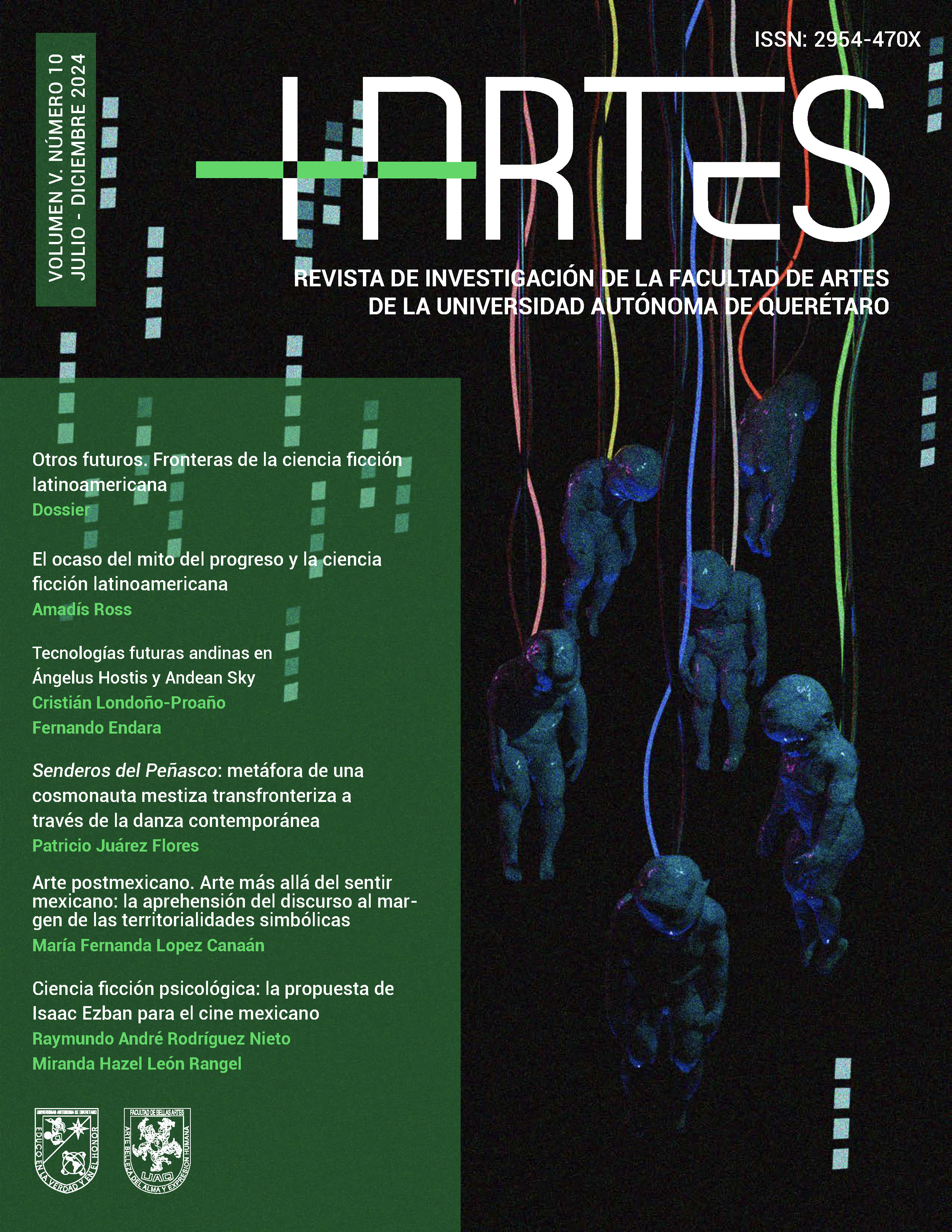Resumen
La condición humana no está relegada a su mera existencia. Somos seres plurales y diversos. Somos sujetos que sujetan y sujetos sujetados. Somos polisémicos y multiformes. Somos producto de las condiciones y productores de condicionantes de la vida humana. Partiendo de fomentar un diálogo abierto entre algunas aproximaciones antropológicas y de la ciencia ficción a la idea del otro, el presente texto busca reflexionar sobre la naturaleza de la condición humana. Empleando un esquema crítico-reflexivo sobre la naturaleza de ciertos textos insignes en ambas áreas, tales como: “Los argonautas del pacífico occidental”, “El ruido del trueno” y “El muro de oscuridad”, se analiza si, en un mundo preñado por la visualidad y el culto a la imagen, los relatos etnográficos y los de ciencia ficción pueden precisar algún aporte para comprender mejor nuestro presente y futuro. A la luz de preguntas como: ¿Cuál es la condición humana que plantean –o puedan plantear– estas obras? Este análisis se divide tres apartados: La condición humana en la antropología y la ciencia ficción; El ruido de un trueno, el mundo de oscuridad y los archipiélagos de la Nueva Guinea y; ¿Hacia dónde va la narrativa en la antropología y la ciencia ficción? Apartados que pretenden conectar, por un lado, las narrativas etnográficas con las de ciencia ficción, y, por otro, dilucidar preguntas tales como ¿qué es la condición humana? ¿hacia dónde se orienta?
Referencias
Arendt, H. (2009). La condición humana. PAIDÓS.
Aristóteles. (1988). Política. Editorial Gredos.
Augé, M. (2008). El viaje imposible. El turismo y sus imágenes. Gedisa editorial.
Augé, M. (2000). Los “no lugares” espacios del anonimato. Una antropología de la sobremodernidad. Gedisa editorial.
Augé, M. (2018). El porvenir de los terrícolas. El fin de la prehistoria de la humanidad como sociedad planetaria. Gedisa editorial.
Bartra, R. (2017). La melancolía moderna. FCE; Cenzontle.
Bradbury, R. (2021). Crónicas marcianas. Booket.
______. (2022). El ruido del trueno. Recuperado de: https://web.seducoahuila.gob.mx/biblioweb/upload/Ray%20Bradbury%20-%20El%20Ruido%20de%20un%20Trueno.pdf
Cassirer, E. (1979). Filosofía de las formas simbólicas. FCE.
Clarke, A. C. (1992). Cuentos del planeta Tierra. Suma de Letras S. L.
Denzin, N. K. (2017). “Autoetnografia Interrpetativa”. Investigación Cualitativa, 2(1) pp. 81-90. DOI: http://dx.doi.org/10.23935/2016/01036
Ellis, C. (2009). Revision: Autoethnographic reflections on life and work. Left Coast Press.
García Canclini, N. (2014). El mundo entero como un lugar extraño. Gedisa editorial.
Hirschman, A. O. (1995). A propensity to self-subversion. Harvard University Press.
Sills, Y. G. (1969). “Apeman, Spaceman: Anthropological Science Fiction, Leon E. Stover y Harry Harrison”. American Anthropologist, 71 (4), p. 798-799. DOI:10.1525/aa.1969.71.4.02a00740
Steiner, G. (2001). Sobre la dificultad y otros ensayos. FCE; Breviarios.
Stover, L. E. (1973). “Anthropology and Science Fiction”. Current Anthropology, 14, (4), pp. 471-473.
Unamuno, M. (1970). Del sentimiento trágico de la vida y el hombre de carne y hueso. Editorial Akal.

Esta obra está bajo una licencia internacional Creative Commons Atribución-NoComercial-CompartirIgual 4.0.
Derechos de autor 2024 HArtes


